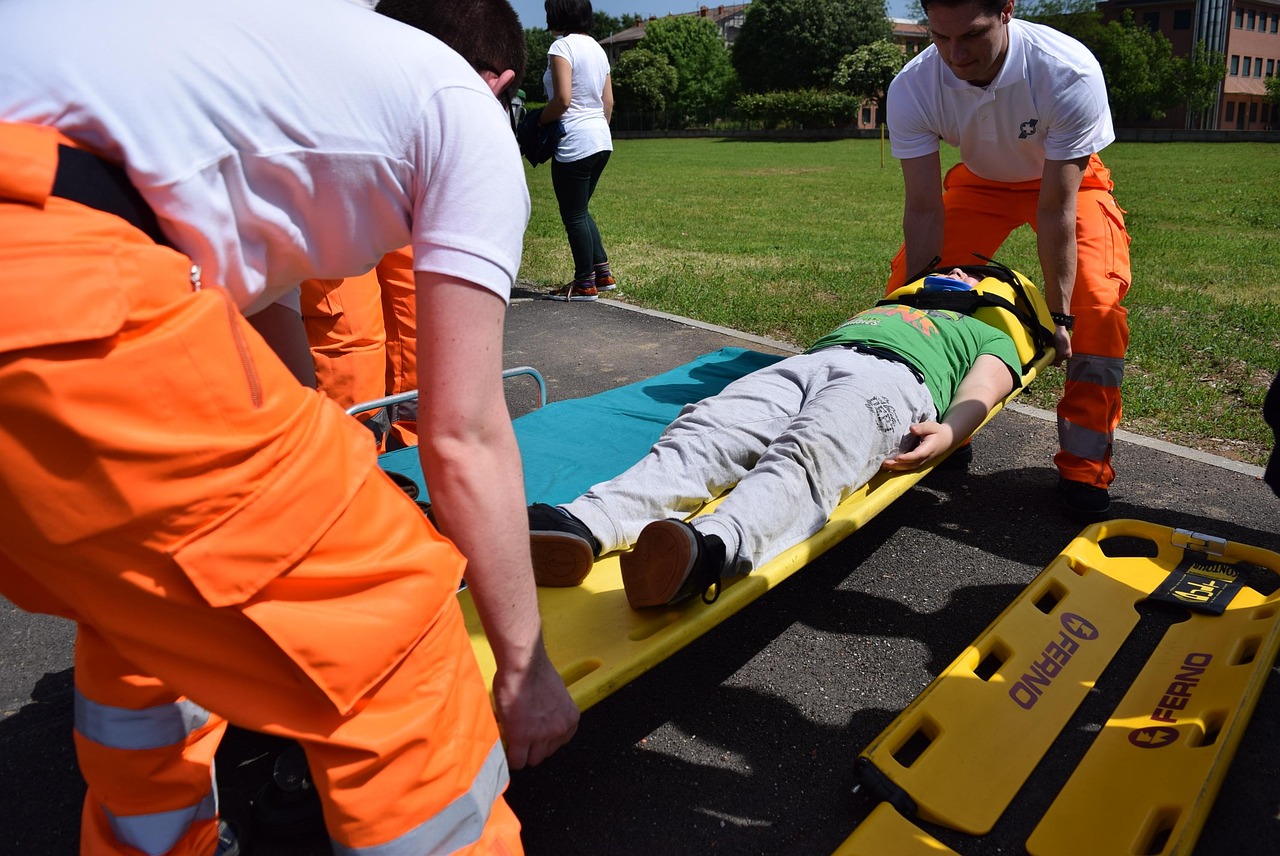8 Safe Patient Transfer Equipment for Healthcare Workers

Healthcare environments present unique physical challenges that require specialized solutions to protect both patients and staff. Moving patients safely represents one of the most critical aspects of daily healthcare operations, affecting worker wellbeing and patient outcomes. The physical demands of patient handling contribute significantly to workplace injuries among healthcare professionals. Modern healthcare facilities recognize that proper equipment can dramatically reduce these risks while improving the quality of patient care.
Mechanical Lifting Systems Overview
Powered patient lifts represent the most comprehensive solution for major patient transfers in healthcare settings. These devices use hydraulic or electric systems to safely move patients between different surfaces and positions. Ceiling-mounted track systems provide permanent installation options that maximize floor space while offering reliable patient handling capabilities. Mobile lift units offer flexibility to move between different rooms and patient areas as needed.
Sliding Transfer Boards and Surfaces
Transfer boards create smooth surfaces that reduce friction during patient movements between beds, wheelchairs, and examination tables. These rigid boards distribute weight evenly while allowing patients to slide rather than be lifted during transfers. Some boards feature low-friction surfaces or built-in rollers that further reduce the effort required for movement. Healthcare workers can position these boards strategically to create safe pathways for patient transfers.
Disposable Slide Sheets and Their Applications
There are disposable slide sheets that provide single-use solutions for patient positioning and minor transfers within beds and on examination surfaces. These lightweight fabric sheets reduce friction between the patient and underlying surfaces, making repositioning significantly easier for healthcare staff. Medical supply companies distribute these products through their healthcare networks. The disposable nature eliminates concerns about cross-contamination while providing consistent performance for patient care activities.
Air-Assisted Transfer Devices
Air-powered transfer systems use controlled airflow to create a cushion of air beneath patients during movement. These devices significantly reduce the physical effort required to move patients while minimizing shear forces that could cause skin damage. The technology works particularly well for patients with fragile skin or those requiring frequent repositioning.
Positioning Wedges and Support Systems
Foam wedges and positioning pillows help maintain proper patient alignment during procedures and recovery periods. These products reduce pressure points and provide comfortable support while minimizing the need for frequent manual repositioning. Various densities and shapes accommodate different patient needs and clinical situations.
Mobile Transfer Aids and Accessories
Portable transfer aids include items like transfer belts, sliding mats, and lightweight boards that healthcare workers can easily transport between patient rooms. These tools provide immediate assistance for unexpected transfer situations or when larger equipment isn’t readily available. Transfer belts with multiple grip points allow multiple caregivers to safely assist with patient mobility.
Transfer Blankets and Flexible Sheets
Transfer blankets designed for patient handling combine comfort with functionality to assist in various movement scenarios. These reusable fabric solutions provide grip points for multiple caregivers while maintaining patient dignity during transfers. Some transfer blankets feature reinforced edges and strategic handle placements that distribute lifting forces more evenly across the fabric.
Lateral Transfer Devices
Lateral transfer systems facilitate horizontal patient movement between surfaces of equal height, such as between surgical tables and recovery beds. These devices typically feature rollers or air-assisted mechanisms that reduce friction and minimize the physical effort required from healthcare staff. The technology proves particularly valuable in operating rooms, emergency departments, and critical care units where rapid patient transfers are common.
The landscape of patient transfer equipment continues to evolve with advances in technology and a deeper understanding of workplace ergonomics in healthcare settings. Healthcare facilities that prioritize appropriate transfer equipment see improvements in staff retention, reduced injury rates, and enhanced patient satisfaction scores. The investment in quality transfer tools pays dividends through decreased workers’ compensation claims and improved overall care quality. By understanding the full range of available options, healthcare administrators and clinical staff can create safer, more efficient patient care environments that benefit everyone involved.





